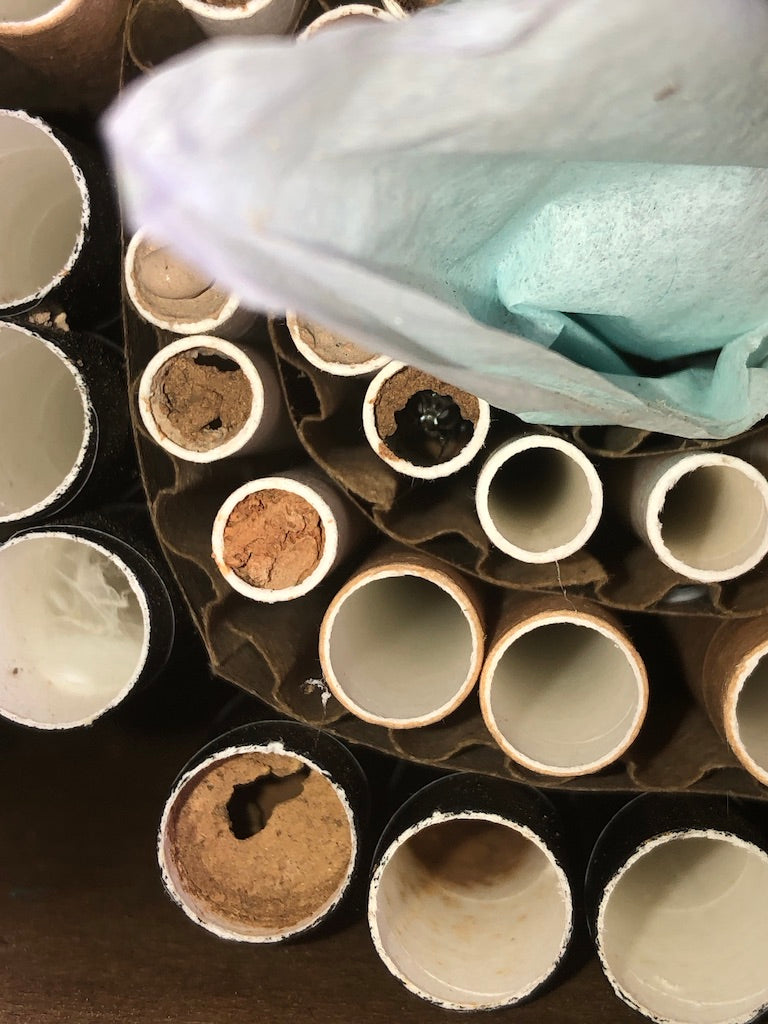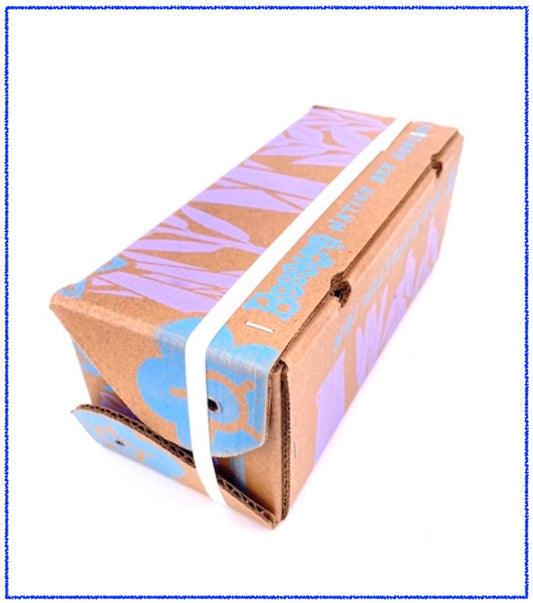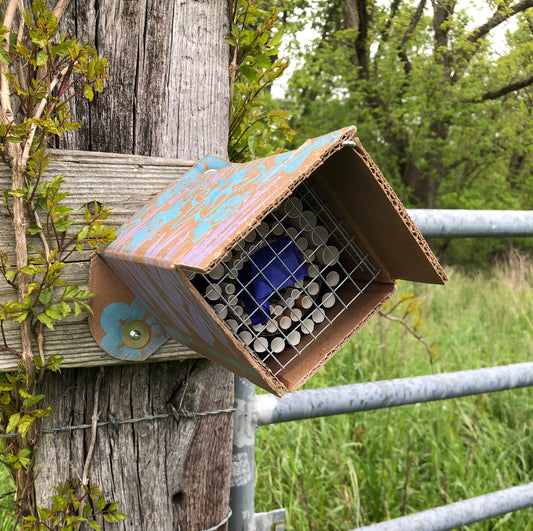Wild bees used to be everywhere
Bee populations all over the world are dwindling at an alarming rate. Native bees in particular are hurting. These powerful pollinators are responsible for 30% of the food we eat and they deserve our attention.
How do you find native bees? Do they live in your yard? If so, do they have a safe place to lay their eggs? If not, how can you attract more?
We can help.
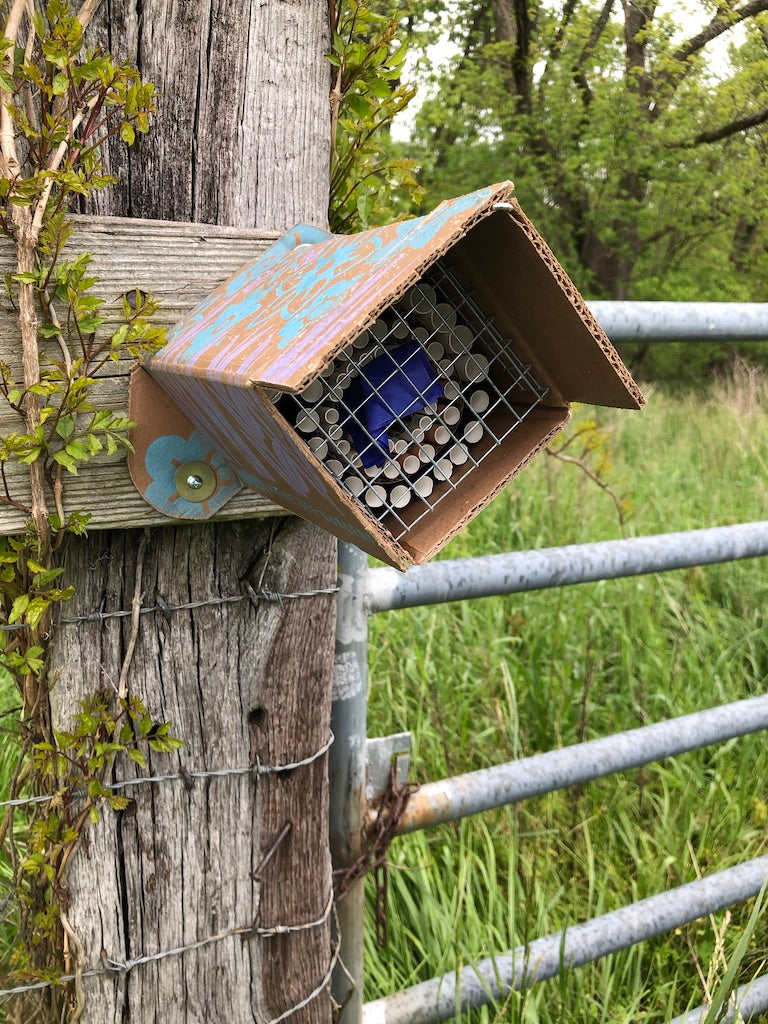
Start with a Beestra
The Beestra is the latest and most innovative bee hotel on the market. Here's the process: first, set it up and observe over the course of the year. You'll either find bees or you won't, and you'll know based on the number of tubes that get used.
Did a lot of tubes get filled in? Pat yourself on the back! Your area is welcoming to bees. You're doing everything right. Set up a new Beestra every year to ensure they have a safe home.
Did your Beestra stay empty (or mostly empty)? That's ok. There's a few ways to invite bees around but the best is by planting lots of flowers. Do that and try, try again next year. The bees are worth it.
The problems with other "bee hotels"
-
Deadly to Bees
Most bee hotels out there are meant to last indefinitely. In that time, lethal parasites build up and take over. Within 2 or 3 years, the bees that check in never check out.
-
Inadequate Protection
Our bees are protected from weather, predators, and more. A bee hotel without a roof overhang, predator screen, and solid mount is a dangerous place for bees.
-
Not Designed for Bees
Wild bees need 6"+ tubes in multiple diameters made of breathable material. A 2" wide bamboo cottage might look cute to people but your bees will suffer for it.
-
False Promises
Bee hotels alone will not save the bees, and anyone who says otherwise hasn't done their research. The Beestra is the first step. We'll help you with the rest.
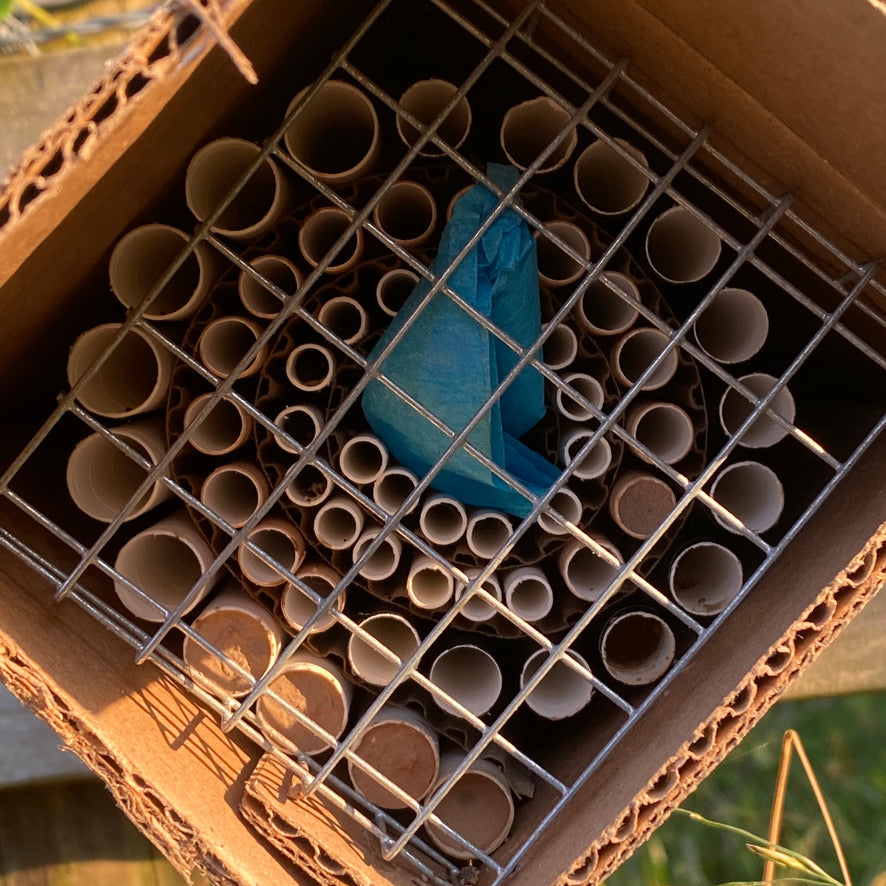
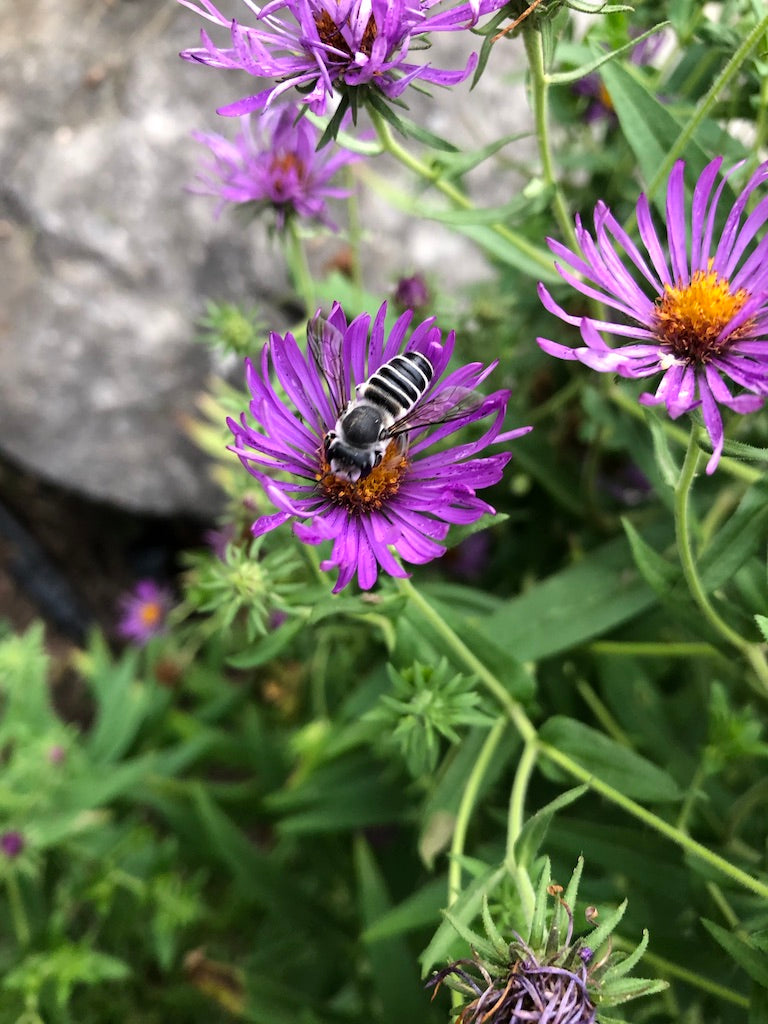
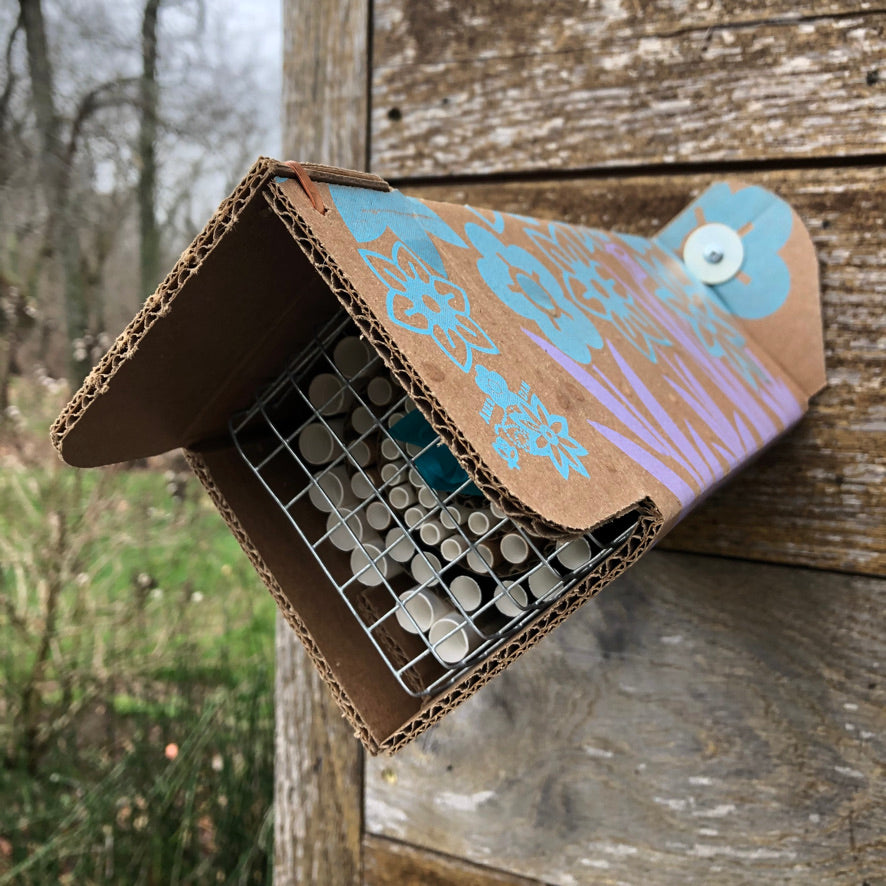
Featured products
-

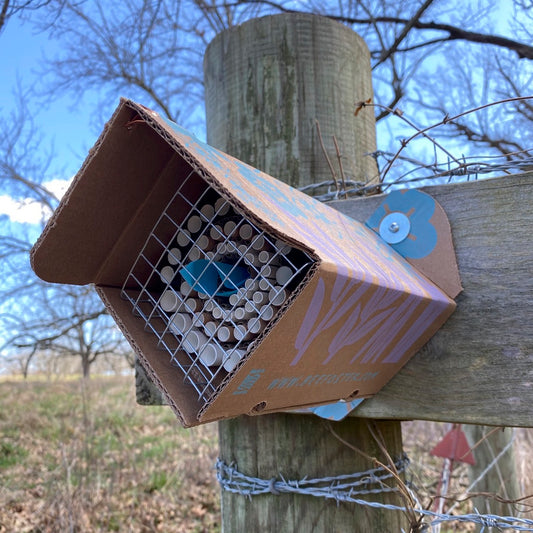 Sale
SaleBeestra 2-Pack
Regular price $37.95 USDRegular priceUnit price per$39.90 USDSale price $37.95 USDSale -

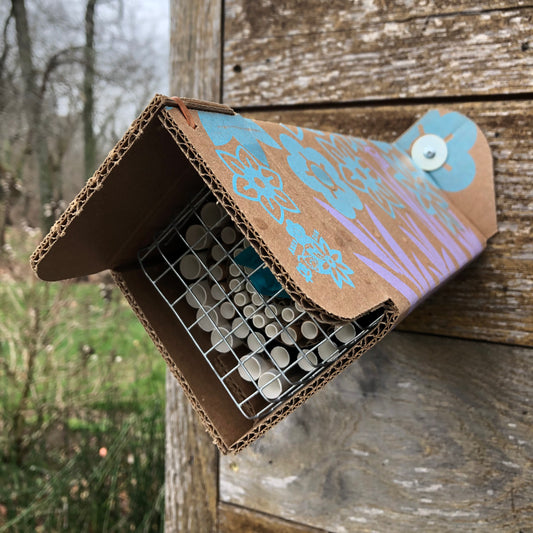 Sale
SaleBeestra 3-pack
Regular price $55.66 USDRegular priceUnit price per$59.85 USDSale price $55.66 USDSale -

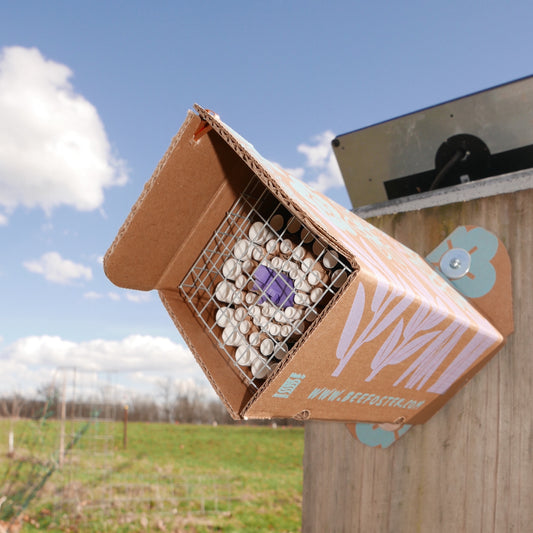 Sale
SaleBeestra 4-pack
Regular price $71.90 USDRegular priceUnit price per$79.80 USDSale price $71.90 USDSale -

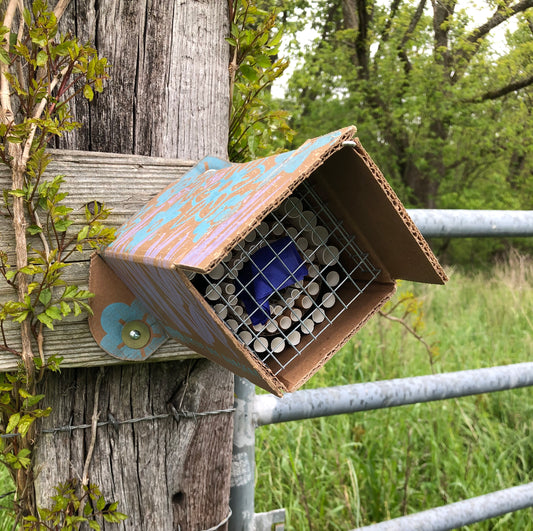 Sale
SaleBeestra 6-pack
Regular price $95.96 USDRegular priceUnit price per$119.70 USDSale price $95.96 USDSale

